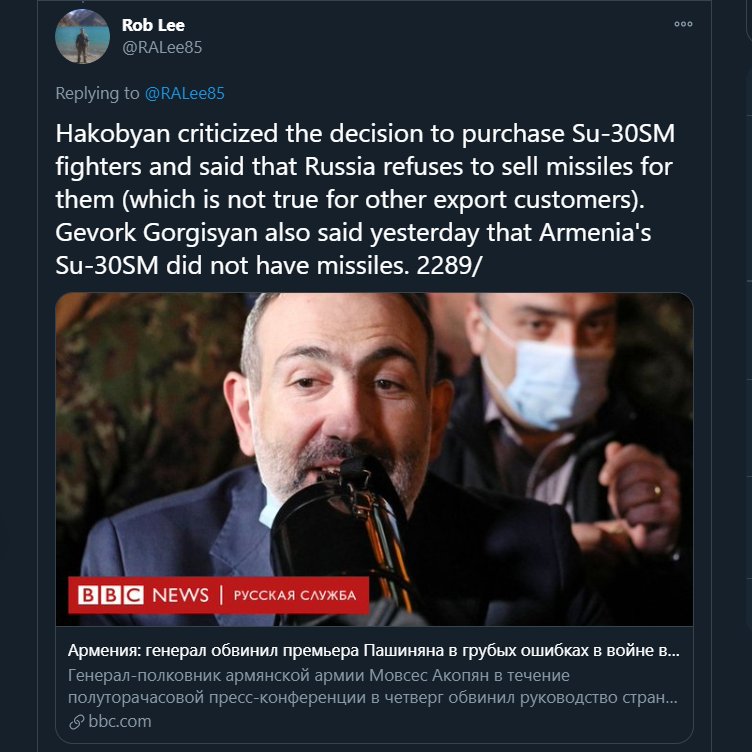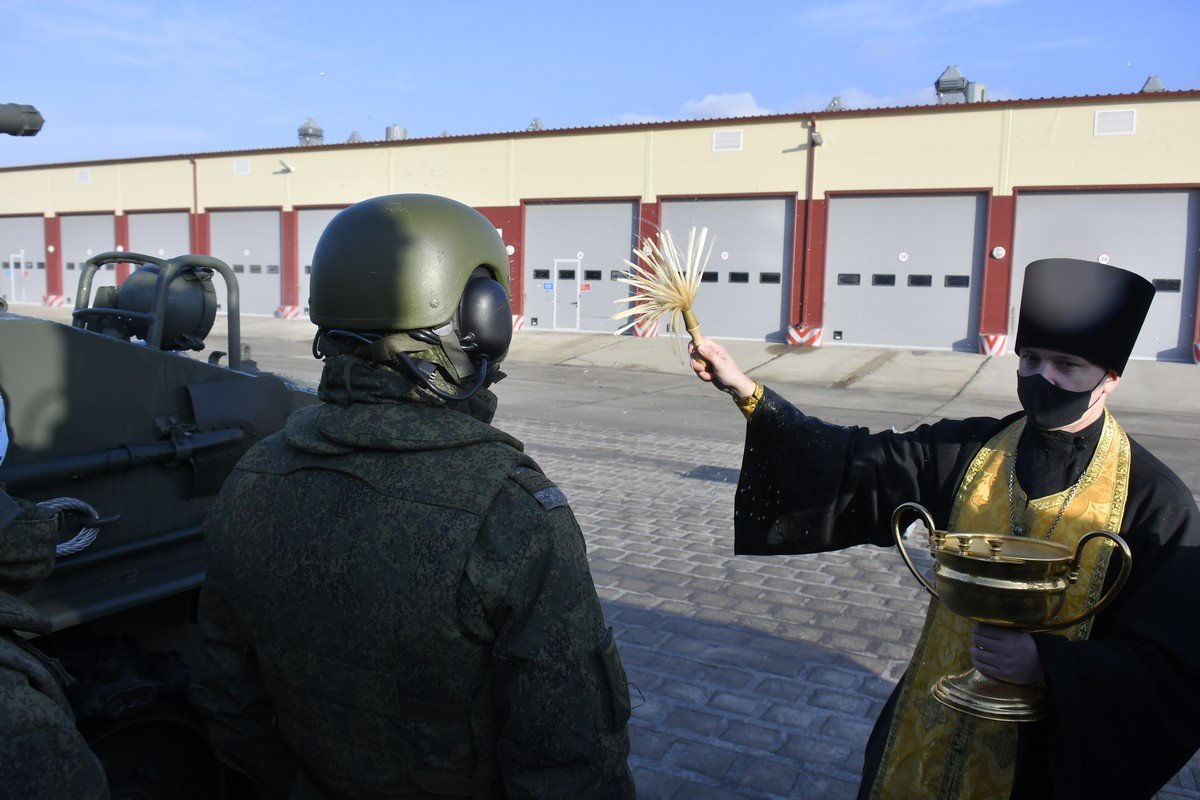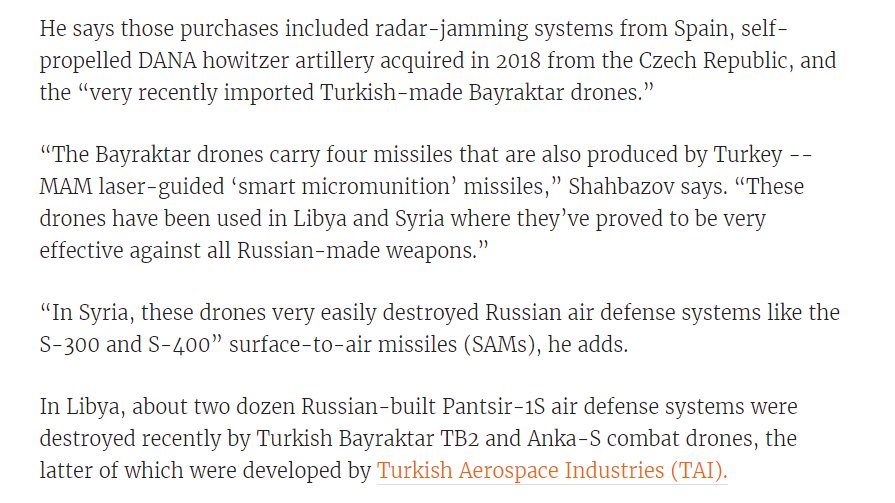
I'm glad to see this, but we should also be looking at vehicle-mounted loitering munitions. We could equip every infantry battalion with a 7 ton truck with 12 or more Harops with a range of >200km. Are 81mm mortars' (5.7km) still the longest-range organic battalion asset? 

https://twitter.com/jaredbkeller/status/1332706871552208899


For SOF, you can adapt loitering munitions to light vehicles. An MRZR can carry at least 2 Harops or 8-10 30km range Spike NLOS ATGM. You could deploy an ODA with 3-5 MRZRs from CH-53/47 helos that could fly 100s of km, drive 100s of km and then strike targets at 100s of km. 2/ 



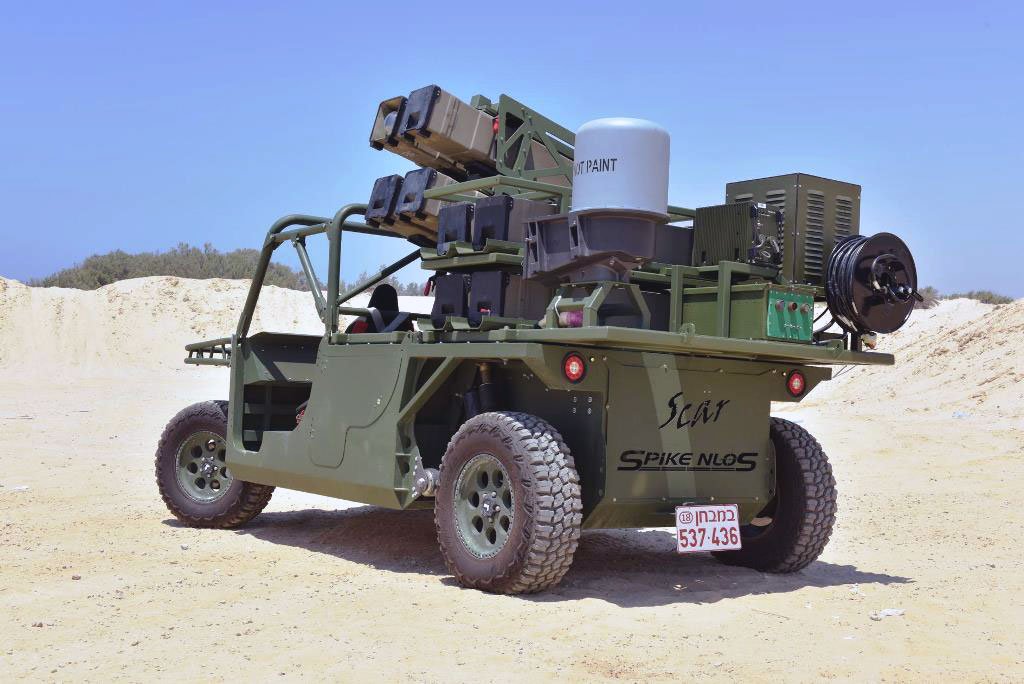


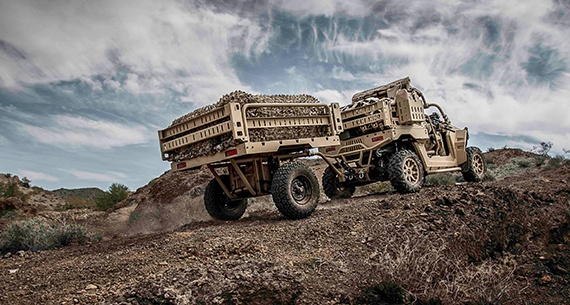
If we're talking about a conflict with a peer/near-peer adversary, we can't assume that air power can take care of our tank-killing and other critical target needs. So why not push longer-range organic fires and anti-tank capabilities to lower levels (e.g. battalion/company)? 3/
For the SOF world, imagine the Long Range Desert Group, but, instead of Vickers MGs, they have loitering munitions that can destroy command posts, tactical ballistic missiles, strategic-level EW systems, or long-range air defense systems at ranges of several hundred km. 4/ 

• • •
Missing some Tweet in this thread? You can try to
force a refresh


